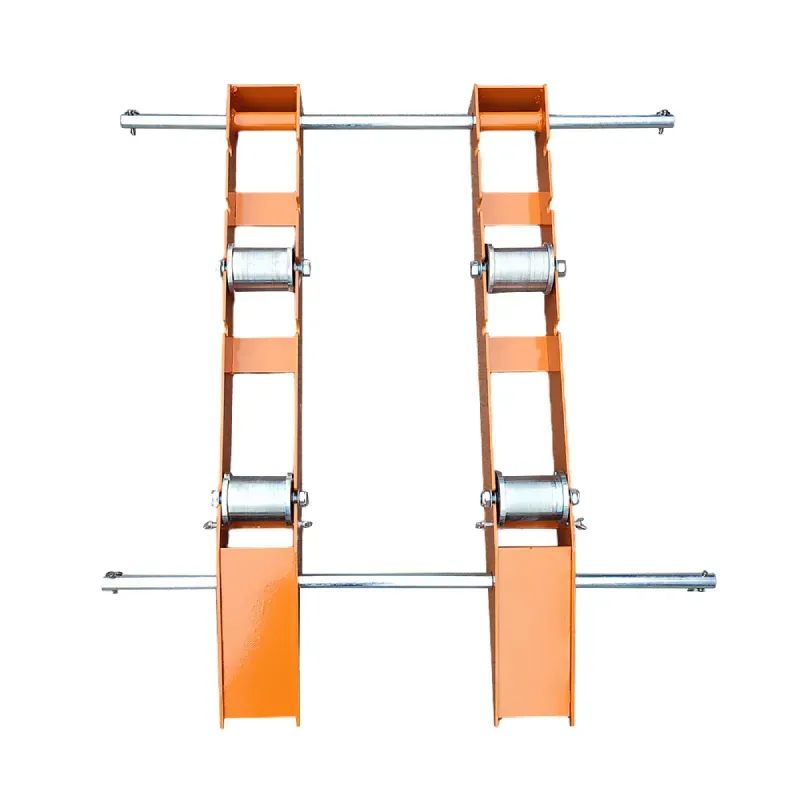
-
 Afrikaans
Afrikaans -
 Albanian
Albanian -
 Amharic
Amharic -
 Arabic
Arabic -
 Armenian
Armenian -
 Azerbaijani
Azerbaijani -
 Basque
Basque -
 Belarusian
Belarusian -
 Bengali
Bengali -
 Bosnian
Bosnian -
 Bulgarian
Bulgarian -
 Catalan
Catalan -
 Cebuano
Cebuano -
 Corsican
Corsican -
 Croatian
Croatian -
 Czech
Czech -
 Danish
Danish -
 Dutch
Dutch -
 English
English -
 Esperanto
Esperanto -
 Estonian
Estonian -
 Finnish
Finnish -
 French
French -
 Frisian
Frisian -
 Galician
Galician -
 Georgian
Georgian -
 German
German -
 Greek
Greek -
 Gujarati
Gujarati -
 Haitian Creole
Haitian Creole -
 hausa
hausa -
 hawaiian
hawaiian -
 Hebrew
Hebrew -
 Hindi
Hindi -
 Miao
Miao -
 Hungarian
Hungarian -
 Icelandic
Icelandic -
 igbo
igbo -
 Indonesian
Indonesian -
 irish
irish -
 Italian
Italian -
 Japanese
Japanese -
 Javanese
Javanese -
 Kannada
Kannada -
 kazakh
kazakh -
 Khmer
Khmer -
 Rwandese
Rwandese -
 Korean
Korean -
 Kurdish
Kurdish -
 Kyrgyz
Kyrgyz -
 Lao
Lao -
 Latin
Latin -
 Latvian
Latvian -
 Lithuanian
Lithuanian -
 Luxembourgish
Luxembourgish -
 Macedonian
Macedonian -
 Malgashi
Malgashi -
 Malay
Malay -
 Malayalam
Malayalam -
 Maltese
Maltese -
 Maori
Maori -
 Marathi
Marathi -
 Mongolian
Mongolian -
 Myanmar
Myanmar -
 Nepali
Nepali -
 Norwegian
Norwegian -
 Norwegian
Norwegian -
 Occitan
Occitan -
 Pashto
Pashto -
 Persian
Persian -
 Polish
Polish -
 Portuguese
Portuguese -
 Punjabi
Punjabi -
 Romanian
Romanian -
 Russian
Russian -
 Samoan
Samoan -
 Scottish Gaelic
Scottish Gaelic -
 Serbian
Serbian -
 Sesotho
Sesotho -
 Shona
Shona -
 Sindhi
Sindhi -
 Sinhala
Sinhala -
 Slovak
Slovak -
 Slovenian
Slovenian -
 Somali
Somali -
 Spanish
Spanish -
 Sundanese
Sundanese -
 Swahili
Swahili -
 Swedish
Swedish -
 Tagalog
Tagalog -
 Tajik
Tajik -
 Tamil
Tamil -
 Tatar
Tatar -
 Telugu
Telugu -
 Thai
Thai -
 Turkish
Turkish -
 Turkmen
Turkmen -
 Ukrainian
Ukrainian -
 Urdu
Urdu -
 Uighur
Uighur -
 Uzbek
Uzbek -
 Vietnamese
Vietnamese -
 Welsh
Welsh -
 Bantu
Bantu -
 Yiddish
Yiddish -
 Yoruba
Yoruba -
 Zulu
Zulu


Jul . 25, 2024 04:31 Back to list
Understanding Electroscopes Exploring Principles of Electric Charge Detection and Measurement Techniques
The Electroscope A Simple Tool for Demonstrating Electrostatic Principles
The electroscope is one of the oldest scientific instruments that embodies the fundamental principles of electrostatics. It serves as a remarkable tool for demonstrating the presence and behavior of electric charges. Invented in the 18th century, the electroscope has played a pivotal role in the study of electricity and has provided invaluable insights into the nature of electric charge, ionization, and electric fields.
An electroscope typically consists of a metal rod connected to two thin metal leaves or a small piece of foil suspended within a glass container. When the metal rod is charged, it causes the leaves to either spread apart or fall together, depending on the type of charge imparted to them. This reaction occurs because like charges repel one another while opposite charges attract. Thus, when both leaves acquire the same type of charge from the rod, they repel and diverge, visibly indicating the presence of an electric charge.
One of the primary functions of the electroscope is to detect and measure electric charges. When an uncharged electroscope is touched with a charged object, electrons are either transferred to or from the electroscope, resulting in a net charge. This can be demonstrated using simple materials, such as a rubber rod and fur. Rubbing the rubber rod with fur transfers electrons from the fur to the rubber, charging it negatively. When this negatively charged rod touches the electroscope's metal, electrons transfer from the rod to the electroscope. This causes both leaves to acquire a negative charge and spread apart, demonstrating the detection of the charge.
electroscope

Beyond simply detecting charge, the electroscope also illustrates principles such as conduction and induction. Conduction occurs when a charged object directly touches the electroscope, allowing charge to transfer. Conversely, induction happens when a charged object is brought near the electroscope without touching it. In this case, the electric field of the charged object causes the electrons within the electroscope to move, resulting in a separation of charge. By grounding the electroscope while it's under the influence of the nearby charged object, one can neutralize the excess charge, demonstrating the ability to influence charge distribution without direct contact.
The electroscope also introduces young students and science enthusiasts to concepts such as grounding, charge conservation, and the behavior of conductors and insulators. For instance, if the leaves of the electroscope are observed to collapse when the charged rod is removed, it signifies that the charge has dissipated, likely due to grounding effects or leakage to the environment. Such observations help illustrate the behavior of charges in real-world scenarios.
In modern times, while the electroscope may be overshadowed by more advanced electronic measurement tools, its educational value remains immense. It provides a tangible, visible representation of abstract concepts in physics, making it an ideal teaching aid in classrooms. Students can engage in hands-on activities to create their own electroscopes using everyday materials, promoting inquiry-based learning and fostering curiosity about the natural world.
In conclusion, the electroscope serves as a fundamental device that elegantly showcases the principles of electrostatics. Its simplicity belies the depth of understanding it can impart regarding electric charges, their interactions, and the underlying laws of physics. Whether used in educational settings or as a historical artifact, the electroscope continues to inspire future generations to explore the mysteries of electricity and beyond. Through its practical applications and engaging demonstrations, it remains a timeless symbol of scientific inquiry and discovery.
Latest news
Understanding Earth Wiring and Grounding: Essential Components for Electrical Safety
NewsAug.15,2025
The Ultimate Guide to Cable Pulling Tools and Equipment for Efficient Installations
NewsAug.15,2025
Streamline Your Projects with Advanced Cable Pulling Equipment
NewsAug.15,2025
Simplify Cable Installation with Advanced Cable Pulling Tools and Equipment
NewsAug.15,2025
Essential Guide to Link Sticks and Hot Sticks for Electrical Safety and Line Work
NewsAug.15,2025
Efficient Solutions for Cable Installation: Your Guide to Cable Pulling Winches and Equipment
NewsAug.15,2025








